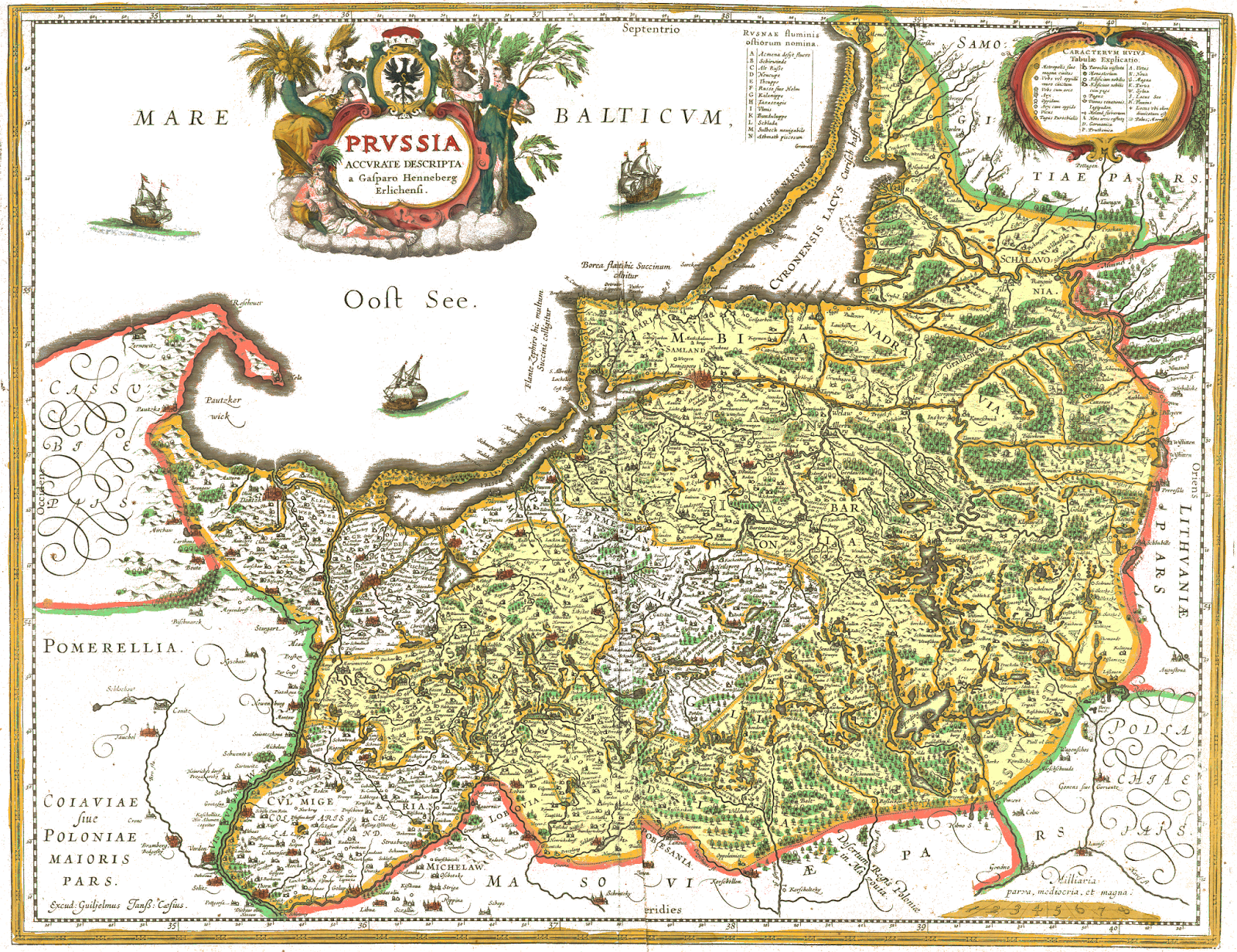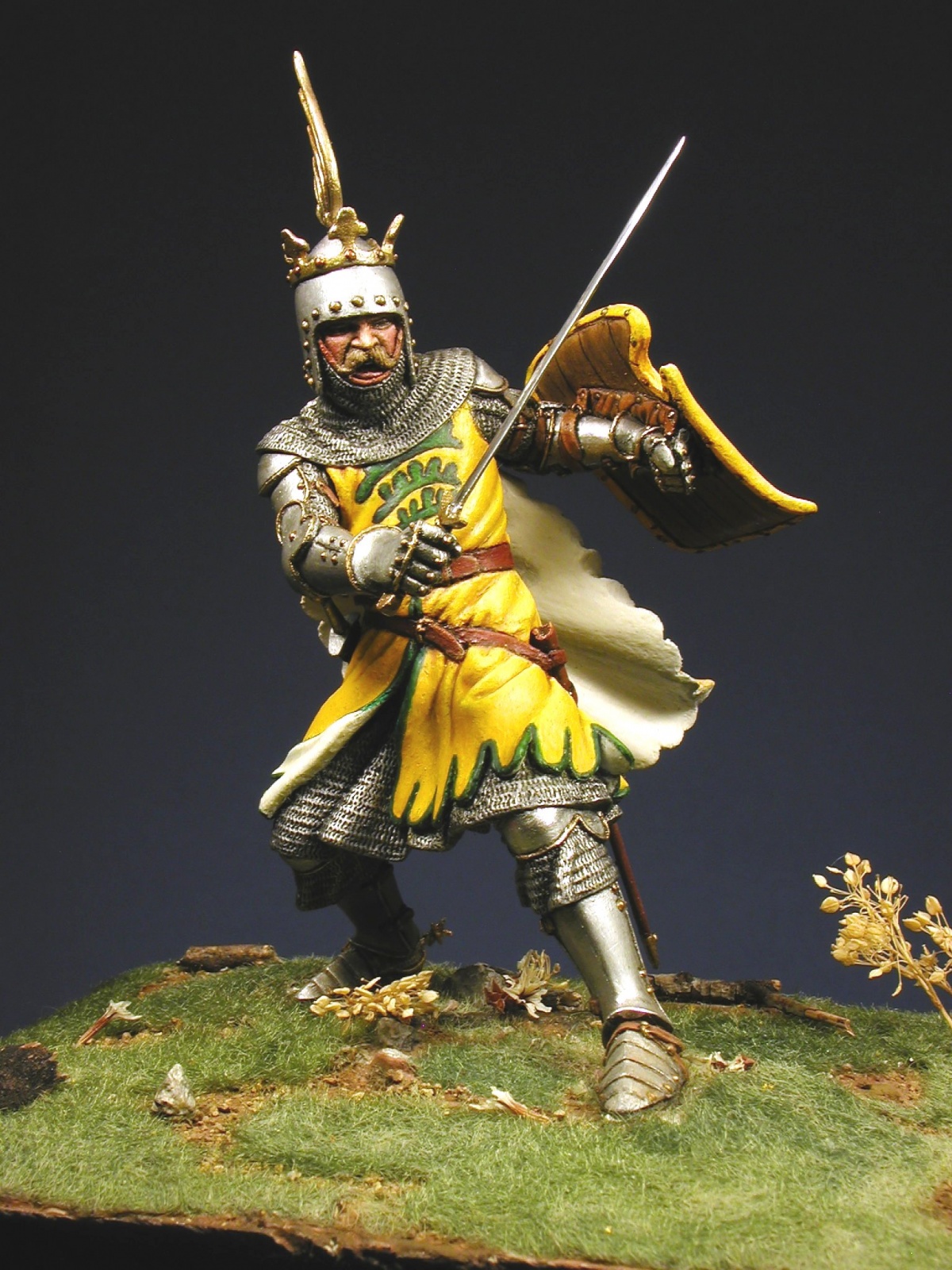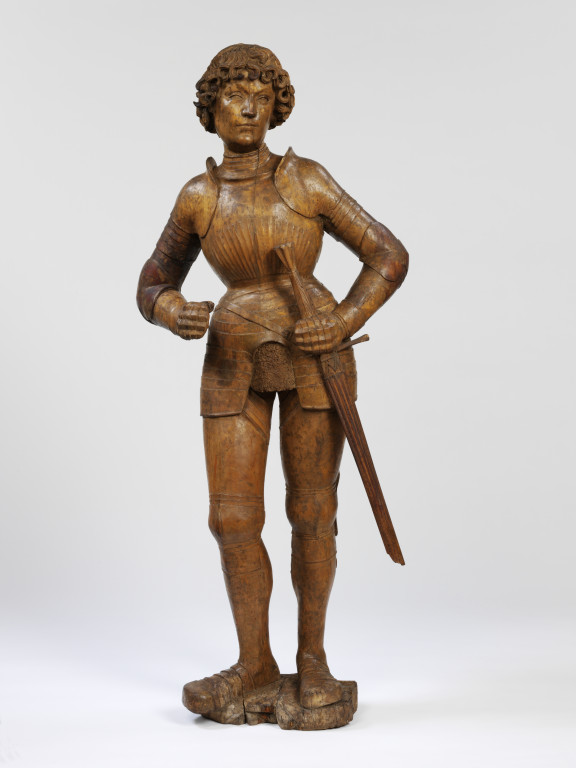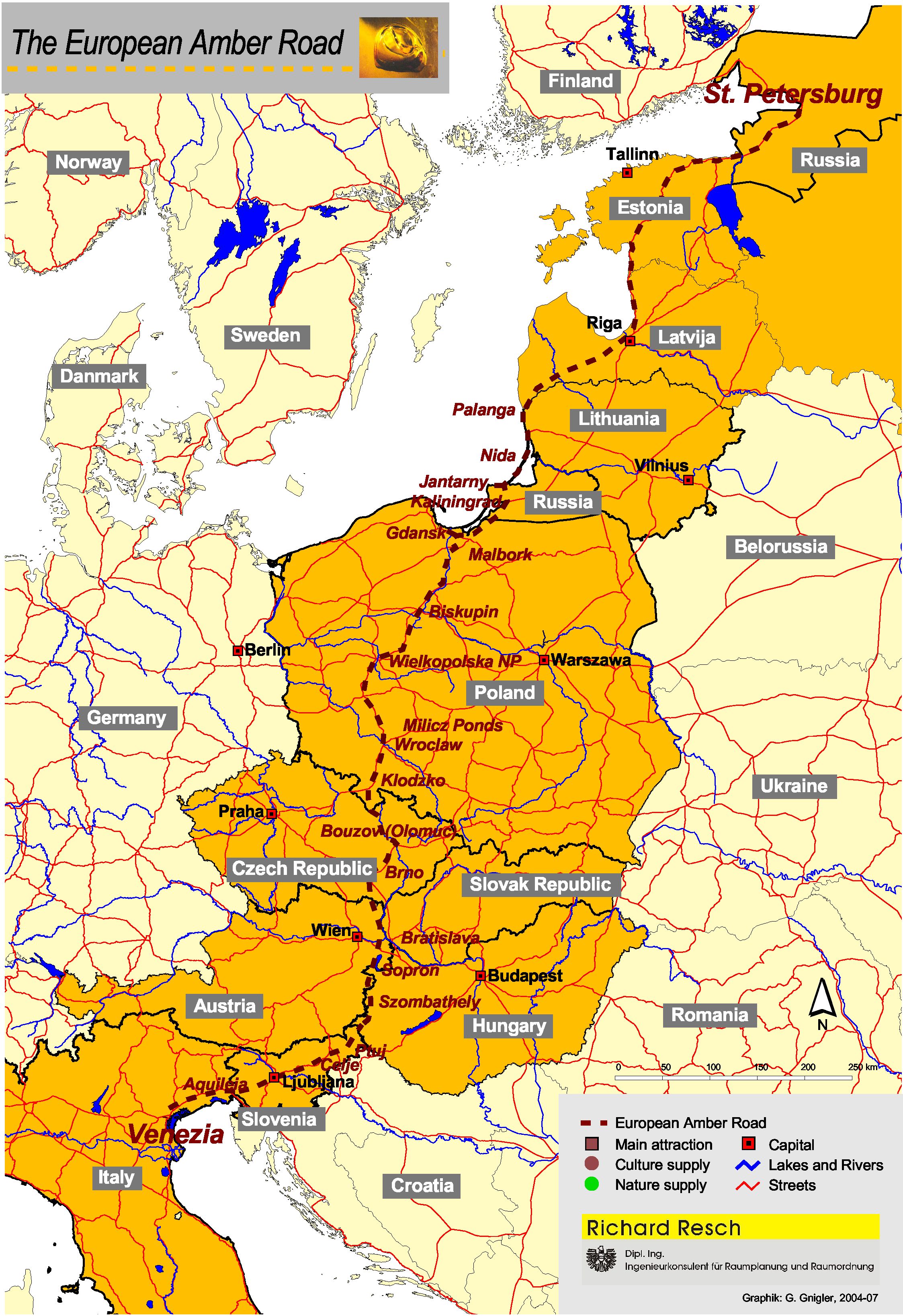Forum Replies Created
-
AuthorPosts
-
Hans Hellinger
ModeratorI believe Jack has some stuff he put together, we have a private area on the forum for people doing beta testing. We can give you both rights to post in there and you can start a thread for sharing ideas.
Hans Hellinger
ModeratorThey had a problem with the provider but it’s fixed now.
Hans Hellinger
ModeratorOn a HEMA FB group I posted it to somebody suggested it might have been to scare horses. Another person pointed out that the Ming Dynasty Chinese had a kite-weapon which had explosives on it.
Hans Hellinger
ModeratorOh and yes, in the original Bellifortis it says:
“This flying kite may be made of leather on the head,
The middle of canvas, but the tail of silk,
The colors are different. At the end of the head there is a three-part rotating body,
Assembled from wood, with a blown in the middle.
The head will be directed against the wind, and when it stands”May two lift their heads, a third may carry the blower. Follow him on horseback, the movement of the leash determines the flight,
Up, down, right and left.
Let the head be painted and reproduced with red paint,
In the middle of lunar silver color, different at the end.”As is typical, he doesn’t explain that much about what it’s for, just how to make it and how to use it.
Hans Hellinger
ModeratorYes that’s exactly what I think – apparently dragon and kite are synonymous not only in German but in several West-and South Slavic languages too.
Hans Hellinger
ModeratorSilesia (top of this map is South instead of North) 1561, Martin Helwig
https://en.wikipedia.org/wiki/Martin_Helwig
High Res here

Hans Hellinger
ModeratorPrussia by Caspar Henneberger original map 1576, this version circa 1625
https://en.wikipedia.org/wiki/Caspar_Hennenberger
Semi-high resolution though would really like about twice that size

This one seems to be a 19th century copy of the same map

-
This reply was modified 3 years, 8 months ago by
Hans Hellinger.
-
This reply was modified 3 years, 8 months ago by
Hans Hellinger.
-
This reply was modified 3 years, 8 months ago by
Hans Hellinger.
Hans Hellinger
ModeratorHans Hellinger
ModeratorClick here for high-res to look for easter eggs
https://i.pinimg.com/originals/95/8d/2b/958d2beddb635886686f1e5f81f36894.jpg
And here is a less colorful version of the whole map. The map is odd in that it’s oriented with South on the top.
https://upload.wikimedia.org/wikipedia/commons/e/ee/Helwig.png
-
This reply was modified 3 years, 8 months ago by
Hans Hellinger.
Hans Hellinger
ModeratorJust wanted to say I fully support this! And we will be doing something similar set in Silesia, partly based on this map

-
This reply was modified 3 years, 8 months ago by
Hans Hellinger.
Hans Hellinger
ModeratorKonrad von Landau, died 1363. Though by his name German, this effigy is in Pisa in Tuscany . He was apparently a condottieri, a military contractor. The bar in his hand symbolizes his role as the leader. He was killed in battle by the infamous White Company led by the German hauptmann Albert Sterz and the English condottiero Sir John Hawkwood at the Battle of Canturino.
In a rather subtle way this effigy really conveys the aggressive demeanor of this guy to me. He looks ready to go.

Apparently there is a model or action figure based on this dude

https://en.wikipedia.org/wiki/Konrad_von_Landau
This kid was carved by Tilman Riemenschneider, a famous German woodcarver (and possibly the artist who made the two above). His beautifully depicted longsword is broken off at the tip. He has a nice partly fluted late Gothic harness, a great head of hair and a rather expressive face.

-
This reply was modified 3 years, 8 months ago by
Hans Hellinger.
-
This reply was modified 3 years, 8 months ago by
Hans Hellinger.
Hans Hellinger
ModeratorEnglish (?) 14th Century

Unknown 14th Century

Unknown 14th Century
From the silver altar of St. Jacopo, Pistoian Italian, early 15th Century

German, 15th Century. I think these are wood carvings. Helpful due to the color and texture, not sure what the mantle is on the lancer on the right (maybe fur?) but he has a very nice late Gothic harness, with fluting ala Maximillian style. So I’d say late 15th Century or possibly early 16th. The other guy is probably a bishop. The humorous aspects are very typical of these kinds of late medieval German woodcarvings though I don’t know who the artist is, almost certainly somebody famous in his day though he could be someone unknown to us, i.e. “anonymous”. The slightly insolent, distracted posture of the lancer is how common soldiers, and in particular burgher militia are often portrayed in German art of this time. He is also pointing his middle finger at the jowly cleric which is probably not an accident… the cleric himself has his middle finger pointed down toward hell.

-
This reply was modified 3 years, 8 months ago by
Hans Hellinger.
-
This reply was modified 3 years, 8 months ago by
Hans Hellinger.
Hans Hellinger
Moderator
A lot going on here in this painting. This gives a good introduction.
Hans Hellinger
ModeratorVery interesting chart. And yes it’s enormously helpful. This kind of chart can help a great deal with accuracy, so much in fact that I’d love to put it in the appendix of my missile weapons book, if you’d be willing to share it. Do you think you could do one based on the Graz test? That gives us kind of a baseline for earlier firearms and with kind of ideal shooting conditions.
In Codex terms an average, minimally trained person shooting a “wall gun” (closest thing in the 15th Century to a musket) has a range increment of 50′, which works out to the following modifiers: +2 at 50′, 0 at 100′, -3 at 150 ft, and -4 at 200′ or greater. In terms of percentage, it means you need:
an 8 to hit on a D20 at 50′ / 15 yards (60%), a 10 at 100′ / 30 yards (50%), a 13 at 150′ / 45 yards (35%), and a 14 at 200′ / 60 yards (30%) or greater.
Based on your chart it looks like, for a musket using aimed fire it should be:
a 2 to hit on D20 under 25 yards (90%), a 5 at 50 yards (75%), a 7 (65%) at 75 yards, a 9 at 100 yards (55%), a 12 at 150 yards (40%), a 14 at 200 yards (30%) or greater (though it gradually declines from there)
… so I was clearly being a bit too conservative. The range increment should be almost doubled, and the bonus at shorter range increased.
Contrary to your assumptions, I think both the weapons and the skill would be much better prior to 1550. This is what the data seems to suggest anyway. I wish I could find a detailed article about a shutzenfest, but the assumption circa 1450 was that the average person should be able to hit a target the size of a man’s head at 50 paces, roughly the same as a yard.
Hans Hellinger
ModeratorThanks Jack. We will make those corrections and look into other options from the footnotes. They do have a potentially useful behavior in the PDF in that you can click on the footnote and then click back to the text. Did you notice that?
I’d thought about putting them in-line but it’s a matter of space. We’ll try a few different things though.
-
This reply was modified 3 years, 8 months ago by
-
AuthorPosts

